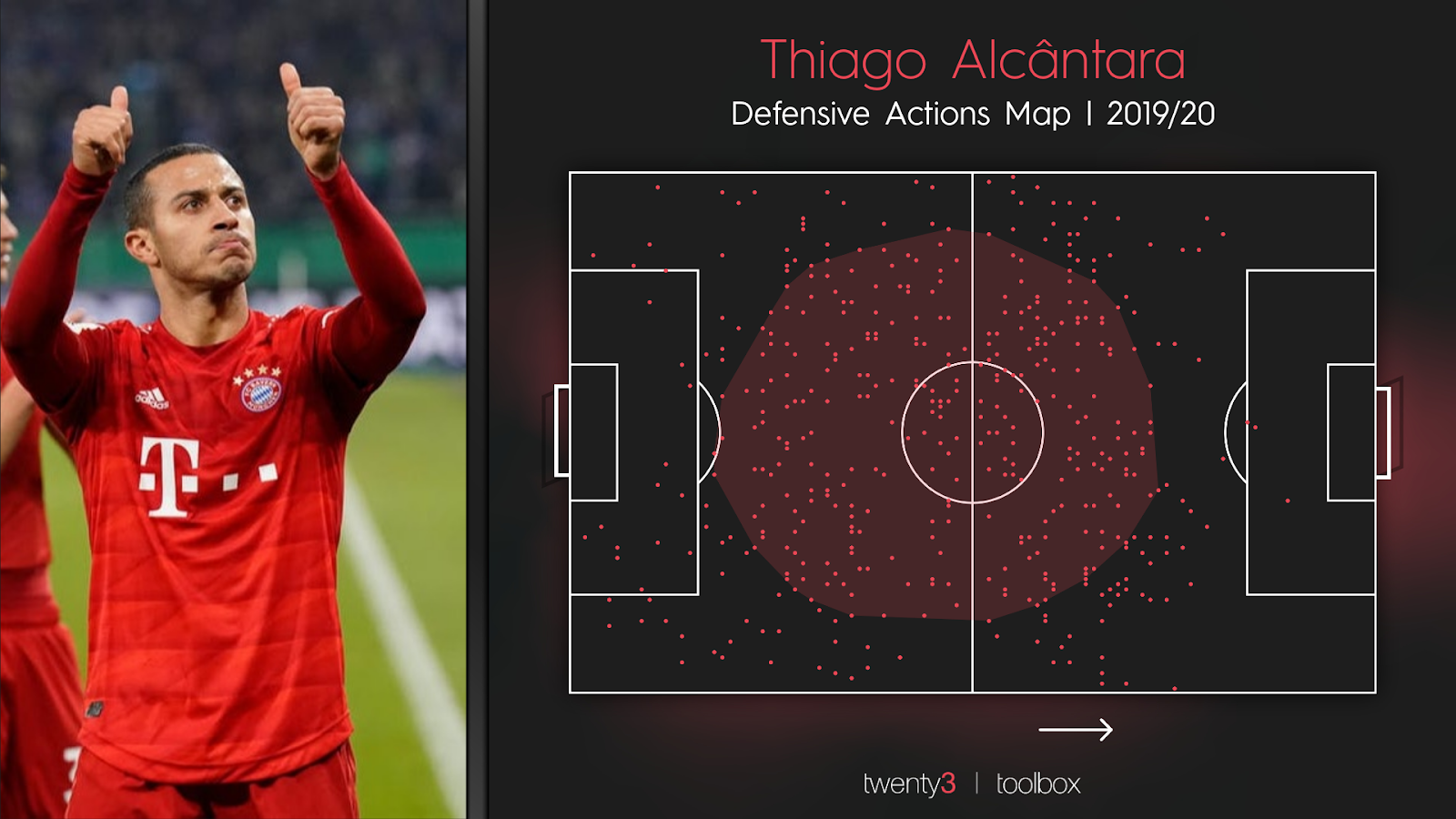Why throwback midfielder Goretzka could be Flick’s greatest masterstroke

It wasn’t too long ago that most teams across Europe had at least one box-to-box midfielder in their team. The sort of player to make a crunching tackle on the edge of their own area before arriving late to finish off a team move just moments later. However, football is perpetually evolving and the demands placed on certain areas differ depending on what cycle we’re in. Whereas the burden of scoring used to be placed on those midfielders, now wide forwards are expected to be goal threats.
Technical ability trumped physical traits for a period of time and this meant managers wanted to win the midfield battle. A third man was introduced to that part of the pitch to help with passing options and ball retention. Balance was the buzzword and ensuring the middle third could be controlled was key to many of the top managers’ plans.
Being overrun in midfield was a big fear, and it’s why the likes of Pep Guardiola and Jürgen Klopp pieced together defensive units capable of stepping up and operating as de facto midfielders. Despite having such fluid players, both Manchester City and Liverpool still went with a three-man midfield, with the idea being they had superiority where it mattered most.
And then there’s Bayern Munich, the newly crowned champions of Europe, after beating PSG in the final to make it an incredible 11 wins from 11 in this year’s competition. Under manager Hansi Flick, the Bavarian giants opted to go with a 4-2-3-1 shape. Not only did the new coach move away from the 4-3-3 system, but he also went with a traditional box-to-box midfielder. It was a risk, but the reward was great and arrived in the form of another treble-winning season.
In his situation, many would’ve used one of Thomas Müller or Leon Goretzka as the attacking midfielder. Flick, however, used both in the same XI, with the latter playing in a two-man midfield. It’s one of the reasons Bayern have been so good since Niko Kovac was replaced.
For starters, the Bavarian giants now play an extraordinarily high line. But you can do so when you have Manuel Neuer sweeping and the recovery pace of David Alaba and Alphonso Davies, while Benjamin Pavard, Joshua Kimmich, Jérôme Boateng and Niklas Süle are no slouches. This brave decision means the pitch is condensed and the midfielders don’t have as much ground to cover. This is highlighted in Goretzka’s defensive actions map graphic below.

Most midfielders in the current era have to cover wide areas for their full-backs. If you look at Gini Wjnaldum’s map as an example, you see he’s covered a lot more of the pitch. Granted, he has played a number of different roles for Liverpool but the difference is noticeable.
By minimising the space Goretzka is tasked with patrolling, they’re able to make him even more efficient. The ex-Schalke man is tasked with being busier in the opposition’s half while Thiago, his midfield partner, supports the defence.

If you overlap their defensive action maps, you’d see that the area between boxes was covered which is exactly what you want from a midfield pairing. Thiago is the tempo-setter, Goretzka is the wildcard in the final third.
Flick’s attacking midfielder of choice is Müller. There’s nothing traditional about the way the 30-year-old plays. He creates space and he invades it, but to be at his very best he needs runners around him. Bayern have used the likes of Ivan Perišić, Serge Gnabry and Kingsley Coman in wide roles this season but it’s their use of Goretzka in central areas that has been a masterstroke.

Last season, the Germany international was moving side to side to pick up passes. He occasionally ventured forward to support Robert Lewandowski too, but his main job seemed to be to offer a passing option on either side of the pitch. This season, his role has been completely different, as shown by the passes received and movements map.
Now Goretzka is making runs forward to support Lewandowski and Müller, almost as a third centre-forward. He’s committing himself further up the pitch and making off-the-ball runs to disorientate the opposition. The fact he’s doing this affords Müller the freedom to do what he’s good at; popping up wherever he wants, whenever he sees fit.

Goretzka is something of a throwback in the sense that he does a bit of everything. Using the midfielder template for the above Dynamic Radar, it’s clear that he’s in 95th percentile for most of the selected metrics.
It highlights that his output is much greater than a traditional midfielder in this current era, and why Bayern have been so rampant. They’ve found a system that enables them to balance what is essentially a five-man attack for large periods, and the 25-year-old is vital to this.
Could this success result in goalscoring midfielders becoming fashionable again?
All the graphics and visualisations in this article use Wyscout data and were produced in the Twenty3 Content Toolbox.
If you’d like to learn more about our products or services, and how they might be able to help you, don’t hesitate to get in touch.
